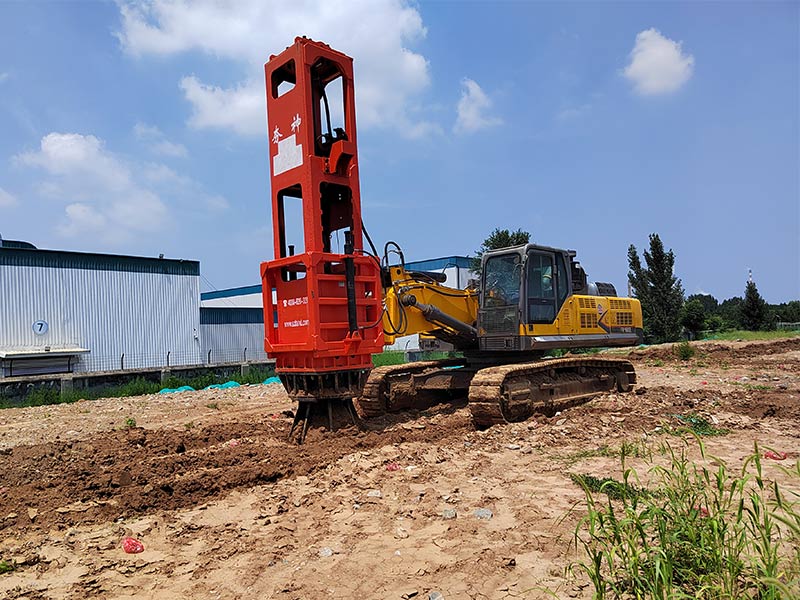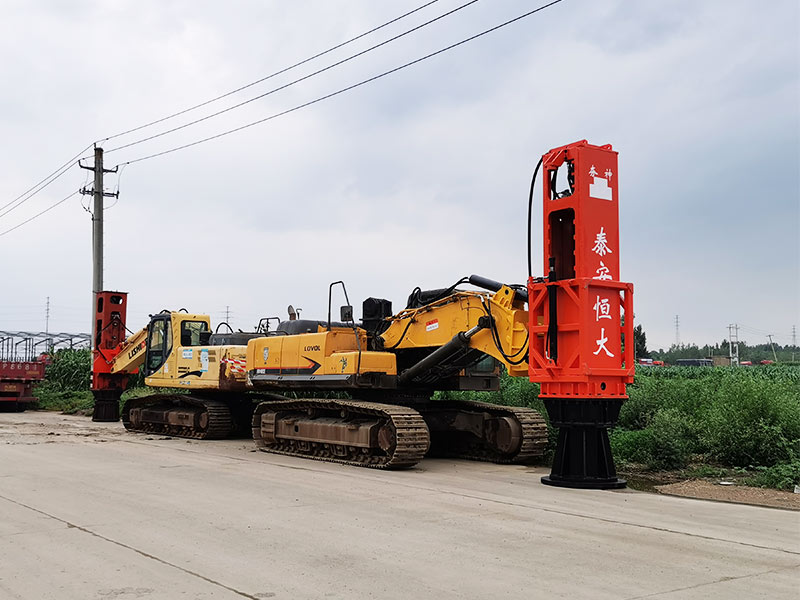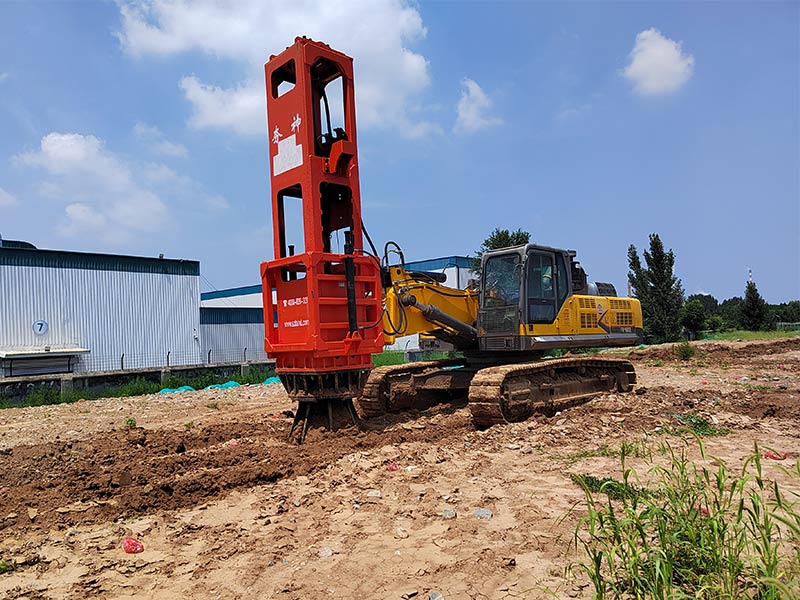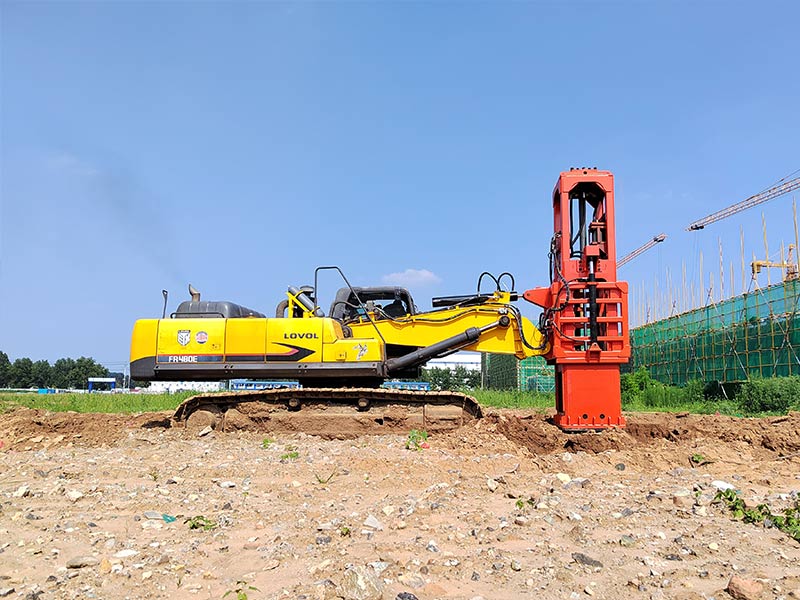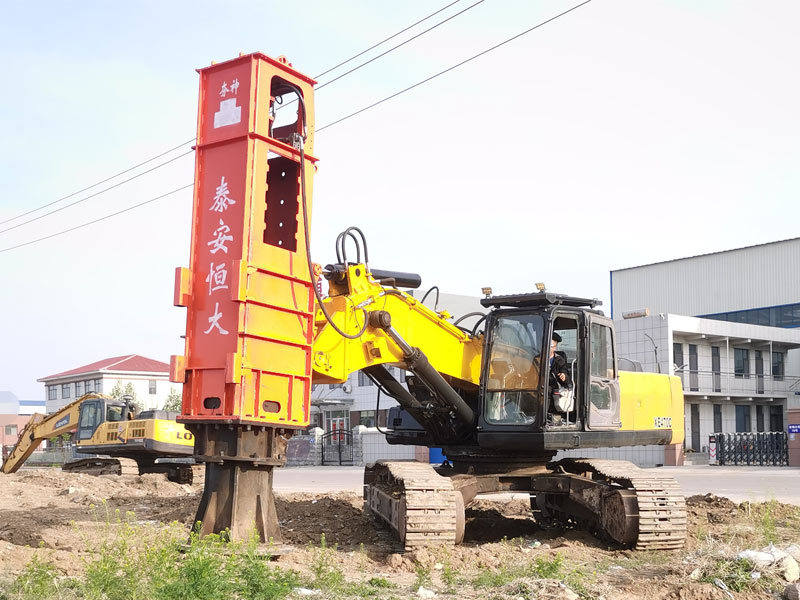How was soil compaction carried out in ancient China?
Initially, people relied on manpower to lift the heavy blocks and smash them to the ground to achieve the purpose of compacting the soil, and then, through development, the use of tripods, the larger mass of the heavy blocks was raised to a higher height for soil compaction; Since the advent of lifting equipment, the mass and lifting height of the heavy block have further increased, which is called "strong ramming".
At the end of the last century, the impact roller combined with rammed mill was widely promoted, and some other forms of compaction equipment such as steel wheel roller, vibratory roller, frog rammer and vibrating plate compactor have a large number of applications in the market.
At the end of the last century, impact compaction technology was widely used in China, but its operation blind area was large and the destructive force on adjacent structures was large. Yang Shiji, a researcher at the Institute of Highway Science of the Ministry of Transport, noticed the defects of impact compaction and took the lead in proposing the need for a special part compaction equipment that can match the impact roller and can be close to the construction of sensitive structures.
In 2002, the prototype of the equipment was born in Tai'an, Shandong Province, and its inventor Cao Bin named it "Rapid Impact Compactor", RAPID HYDRAULIC COMPACTOR (R.H.C).
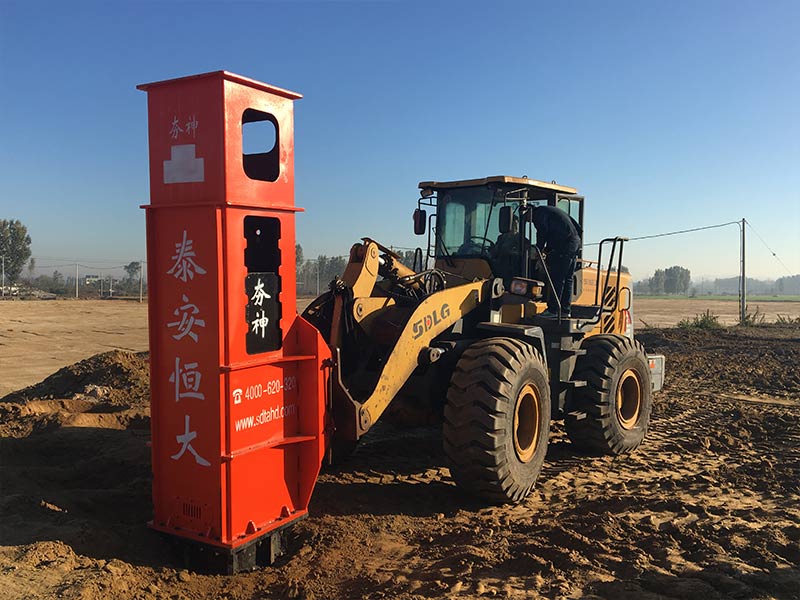
What is a Rapid Impact Compaction?
1. The basic structure of Rapid Impact Compaction
The Rapid Impact Compaction is mainly composed of lift cylinder, frame, hammer core, floating frame, lift cylinder, hammer cap and hammer foot.
2. Working principle
The effect of the Rapid Impact Compaction on the soil is the composite effect of static force (gravity) and dynamic force (variable force).
The main force is the driving force, which belongs to the dynamic compaction (accelerated movement to deceleration movement)
The Rapid Impact Compaction machine is statically pressed on the soil, the hammer core is raised to a certain height and falls, and the energy is directly transferred to the foundation through the hammer foot
The number of impacts of the Rapid Impact Compaction is 40-90 times per minute, and the work is done many times in a short period of time
The effective depth can reach up to 10 m underground

3. Features and scope of application
Features of Rapid Impact Compaction
Easy transitions, flexible and efficient, with good handling
Safe and environmentally friendly, it is widely used
The effect on adjacent structures is less than other rolling methods
The shear force of the filler is significantly reduced
Scope of use of Rapid Impact Compaction
Construction of airports, ports, grain (oil) depots, etc
Reclamation land reclamation, artificial islands and other blow-fill area treatment
Public (iron) subgrade treatment
Urban transport system
4. Control system
Ability to instantly view processed area
No need to put points, you can automatically find points
Data can be monitored for each point (amount of settlement, number of hammers, working hours, etc.)
Generate daily/monthly work reports
It can establish a monitoring system to monitor the construction status without leaving home
Impact energy can be selected according to demand (not exceeding the rated value)
Beyond control, when controlling computer failure does not affect the work
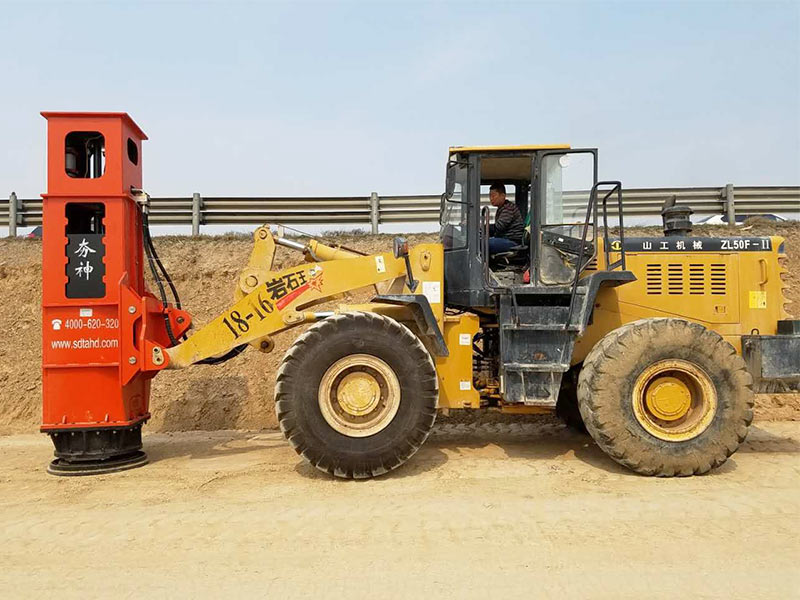
5. Hammer pad material
High quality hammer pads. After several selections and tests, the hammer pad currently used can reach the standard of 20,000 square meters of no maintenance and 50,000 square meters of selective replacement.
Bad hammer pads. The replacement frequency is very fast, generally 1-2 days, and it will be faster in high heat and humidity environments.
6. Construction technology
The Rapid Impact Compaction has a hammer foot diameter of 1m or 1.25m, which can be placed twice the diameter of the hammer foot
The first two rounds of tamping are carried out as shown
Rammers can be made up in place as needed
It can process 700-900 square meters per day
The illustration shows a schematic diagram of the unaltered excavator arm, after the replacement of the arm, each movement of the excavator can only handle three points, reducing the workload by about 200 square meters per day
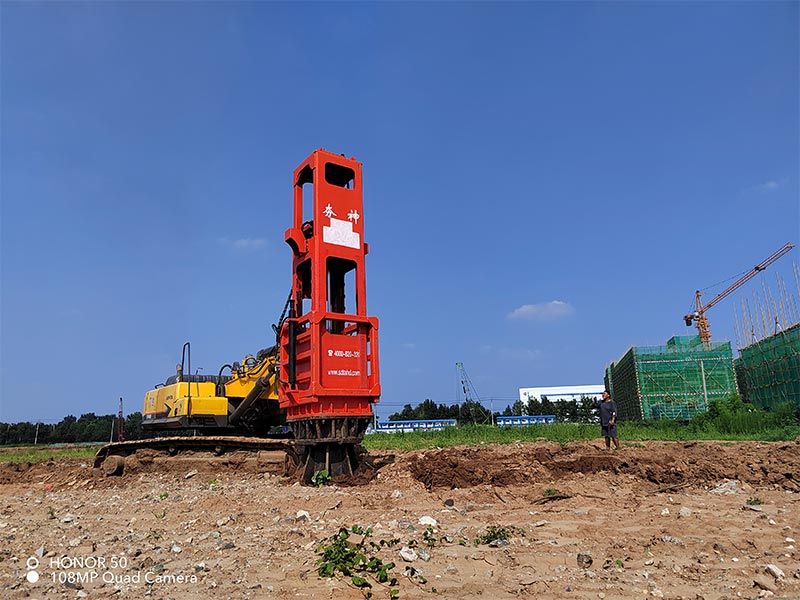
Summary
China has a long history of tamping, and the invention and promotion and application of high-speed hydraulic tamping machines is also a continuation of China's tamping history. Rapid Impact Compaction is in 2003 in the war into the public eye, when the price of a Rapid Impact Compaction in about 2.3 million yuan, but through the unremitting efforts of China's machinery industry science and technology experts, in 2004 on the development and production of China's independent tamping machine, and named "Rapid Impact Compaction". The birth of Rapid Impact Compaction has helped solve a large part of the highway construction problems, and also marks that China's highway, railway, airport and port construction has entered a new era of rapid development.
